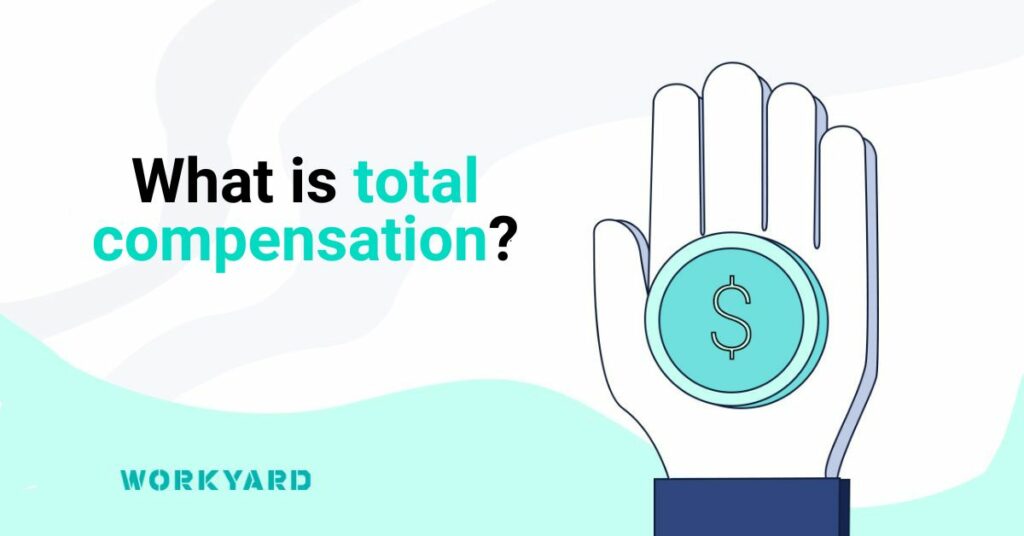As the technology has continued to advance, incorporating artificial intelligence and employee experience, workforce management (WFM) platforms have grown from systems of record and operation into systems of differentiation and transformation.
The recently released 2022 edition of the Gartner® Market Guide for Workforce Management Applications finds that, by 2025, 80% of large enterprises with hourly paid workers will have invested in WFM to support employee experience and/or digital workplace initiatives. This is a very important development in the marketplace of workforce management. For this blog, let’s look at some of the other major findings of the guide to see what trends are currently influencing the market.
(Be sure to check out the full Gartner Market Guide 2022 for Workforce Management Applications for more in depth details.)
Flexibility and Continuous Listening
Leading-edge workforce management solutions can now be configured to reduce avoidable attrition among deskless shift workers by delivering flexibility in working patterns and “continuous listening” analysis through prebuilt or integrated surveying tools. Continuous listening means making use of employee surveys and feedback on a regular basis (as opposed to the standard annual or bi-annual assessment).
Flexibility continues to be one of the top-rated factors that employees are either pleased with or want implemented more thoroughly in their roles. One survey from FutureForum found a whopping 95% of those surveyed desired schedule flexibility. Given this trend, any WFM solution must have sophisticated capabilities to balance multiple shift schedules to allow for flexibility while also maintaining cohesion in an organization’s work process.
Another factor driving the need for flexible scheduling is the continuing shortage of workers, a problem compounded by ongoing supply chain interruptions and limited product availability across many sectors and geographies. Advanced scheduling and planning functions allow existing workers to be deployed more effectively, reining in costly over- or under-staffing.
Legacy WFM Applications Are Not Worth the Risk
In 2021, one popular human resources management company was the victim of a massive ransomware attack that put millions of workers’ employee information and paychecks at risk. The ramifications of this attack are still being felt: one effect has been the accelerated effort of many companies to move away from legacy WFM applications toward more robust and secure solutions and vendors. The market shift from on-premises application hosting to cloud-based hosting has provided more robust and resilient data management for their clients that avoids many of the inherent vulnerabilities which allow ransomware attacks to succeed.
This migration has been such a boon to security that Gartner recommends that any on-premises or single-tenant, vendor-hosted cloud WFM applications be migrated to the latest generation of cloud solutions within the next one to two years in order to mitigate risk. Based on current trends, Gartner believes that by 2023, at least 99% of new WFM application sales will leverage cloud-based deployment models. Furthermore, by 2025, 60% of global midmarket and large enterprises will have invested in a cloud-deployed HCM suite for administrative HR and talent management. However, they will still need to source 20% to 30% of their HR requirements (often including WFM) from other solutions.
A Fragmented Market
The disparate needs of different industries have led to the adoption of many competing industry-focused solutions, which vary greatly in not only product capabilities but also cost and applicability to worker types and work patterns. A better option is often a robust, sophisticated platform that can gracefully handle the varied, complex needs of any industry.
Customers interested in adopting WFM for their business should be sure to evaluate potential vendors critically and thoroughly by using request-for-proposals (RFPs) to quantify the different levels of suitability. In addition, engagement with multiple vendors—including vendors from different categories—can help potential clients understand the unique capacities of individual solutions.


















